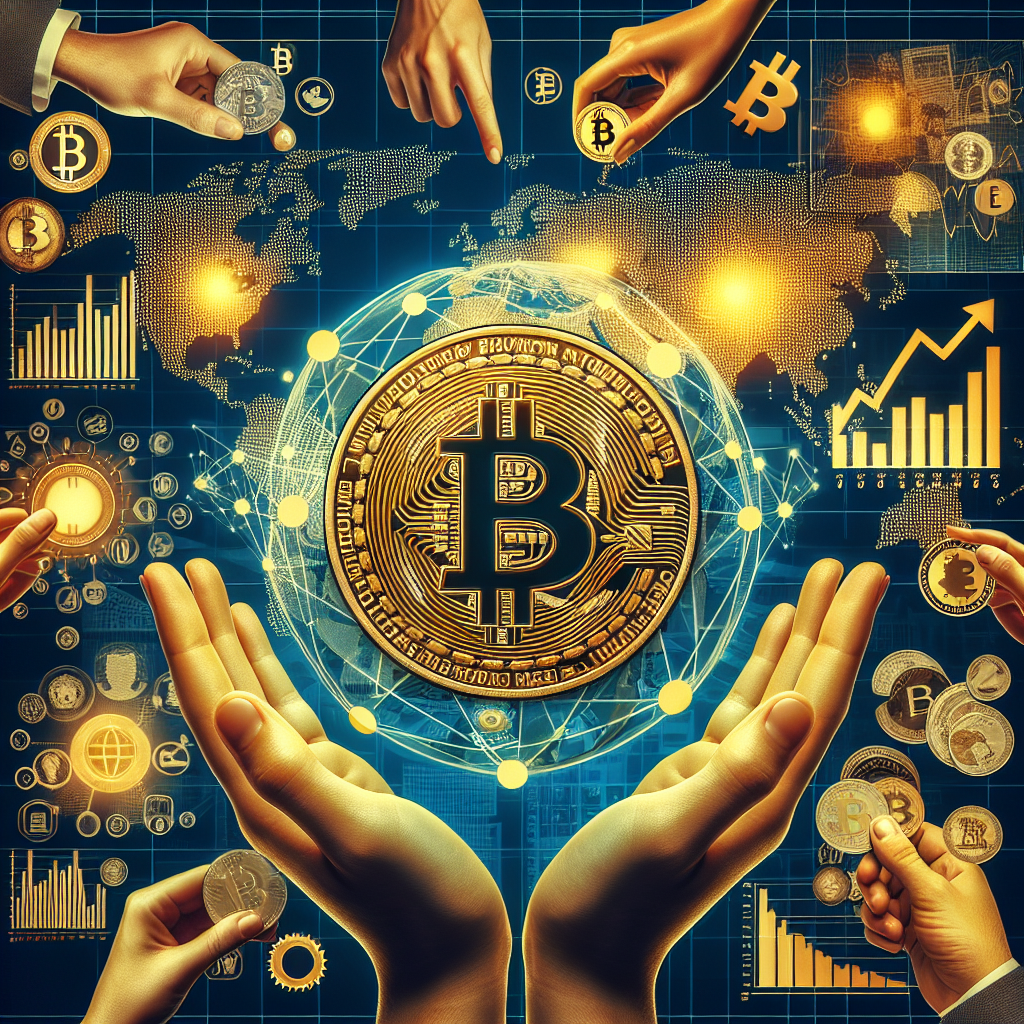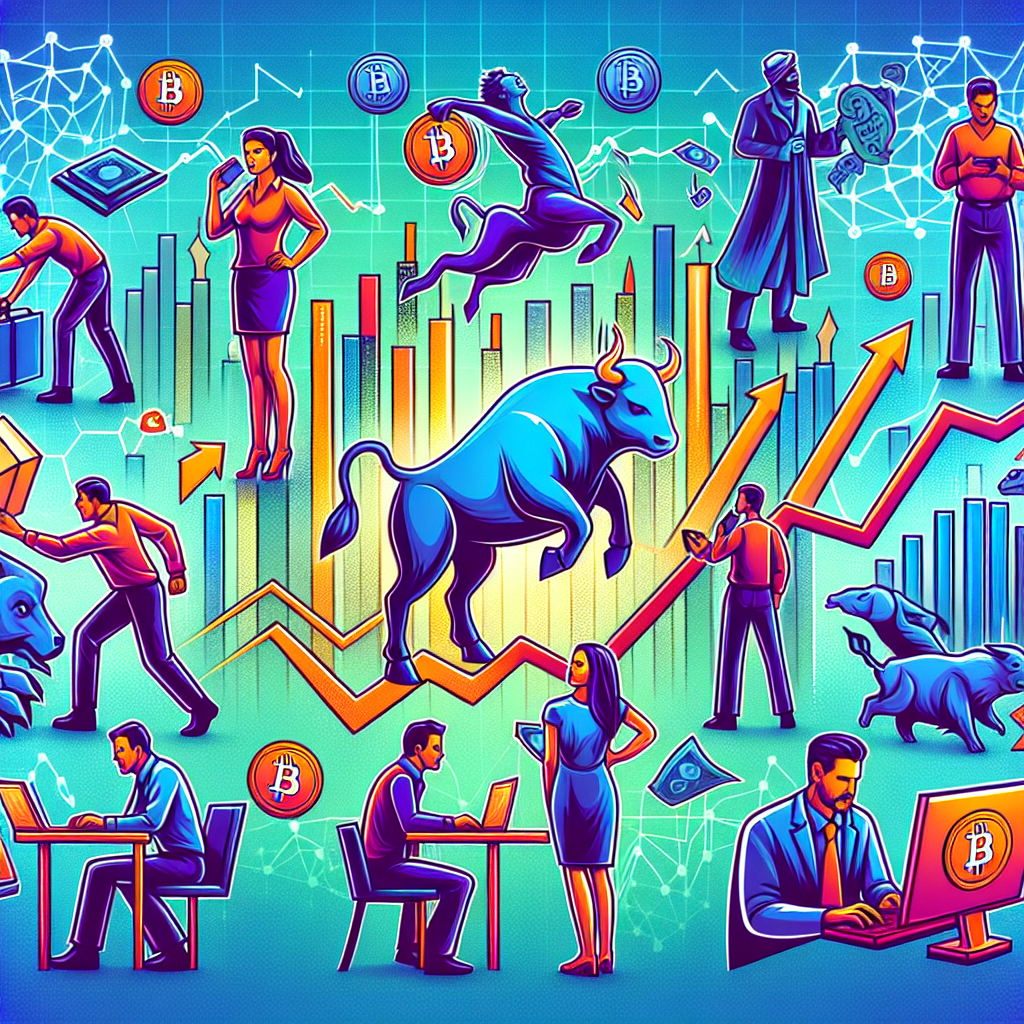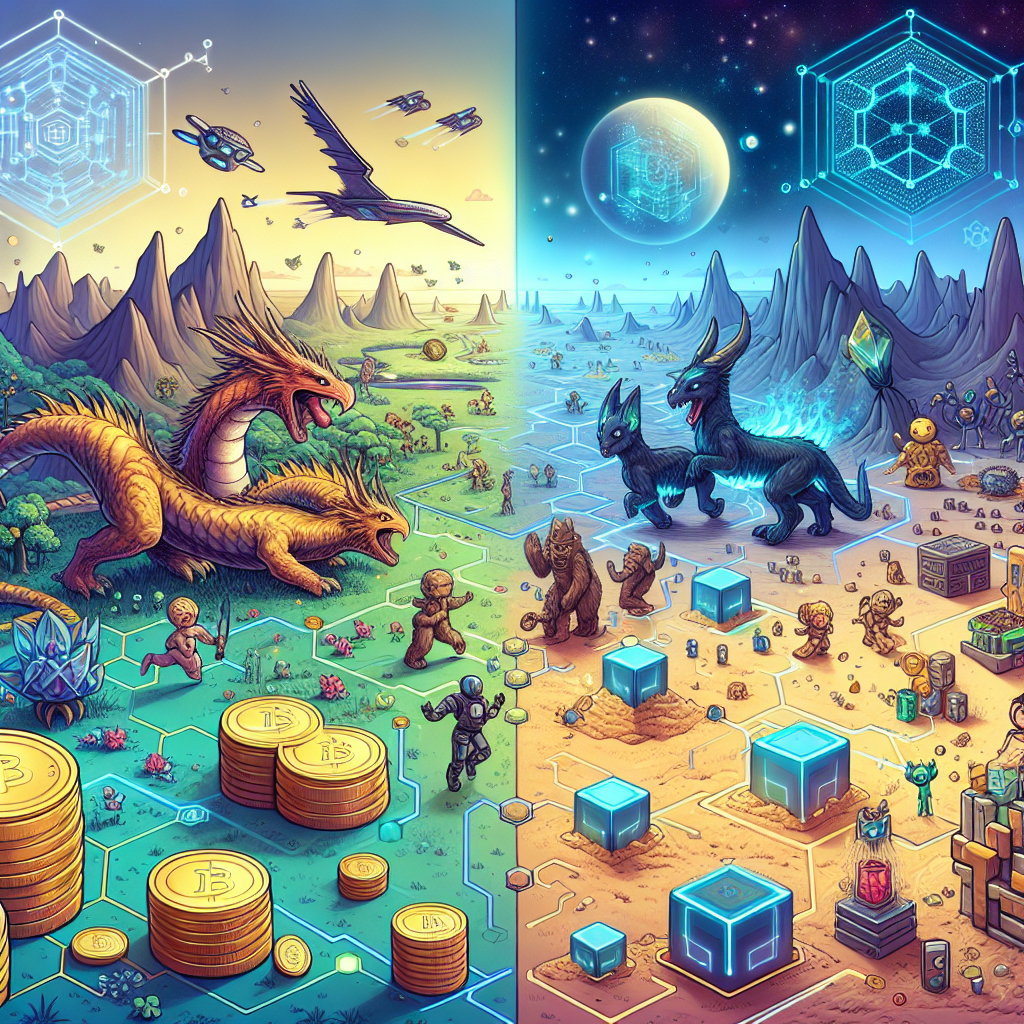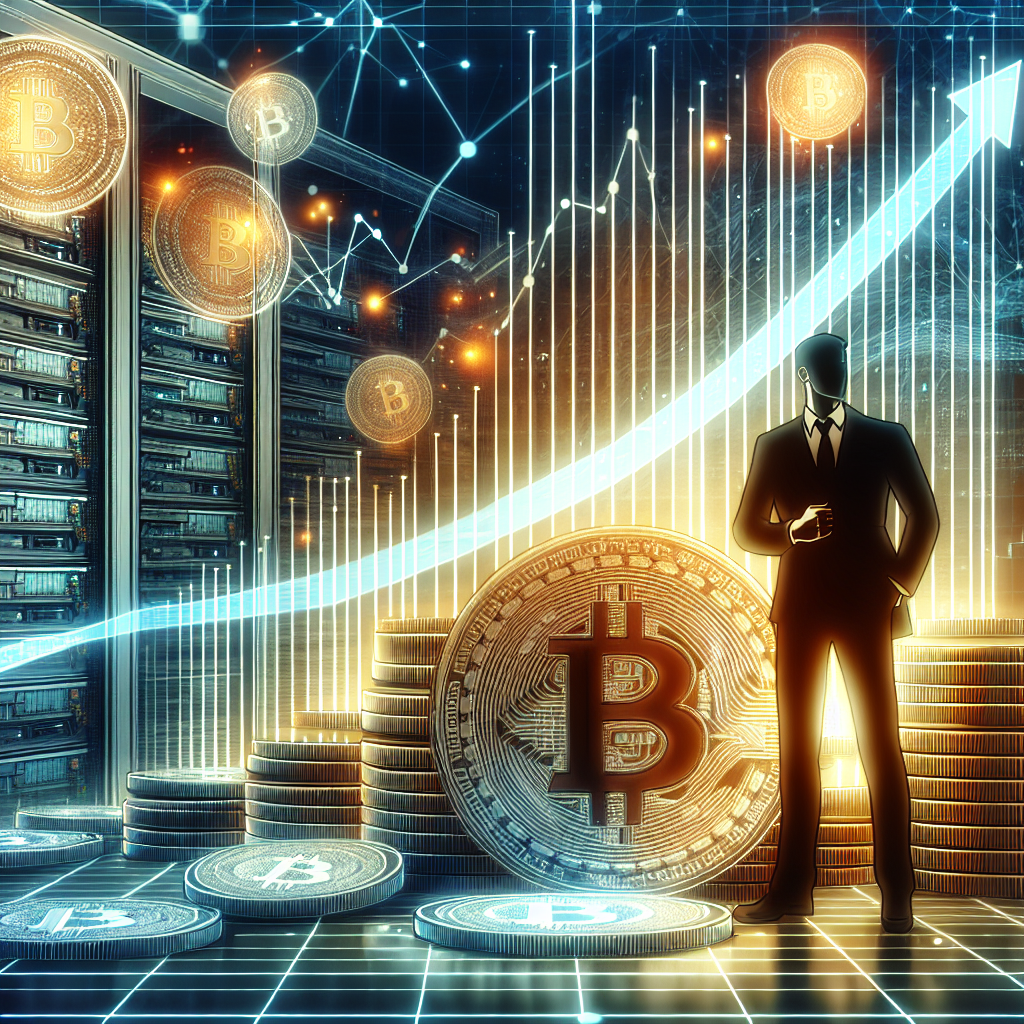In the ever-evolving landscape of global finance, Bitcoin continues to capture the attention of investors, policymakers, and economists alike. As economies around the world grapple with a myriad of challenges, from inflationary pressures to regulatory changes, Bitcoin’s role and performance are under intense scrutiny. This article delves into the multifaceted aspects of Bitcoin amid current economic challenges, exploring its position in modern economics, the effects of inflation, regulatory developments, market performance, investor sentiment, and its future outlook.
Understanding Bitcoin’s Role in Modern Economics
Bitcoin, often referred to as digital gold, has carved out a unique niche in modern economics. As a decentralized digital currency, it operates independently of traditional banking systems and offers a level of transparency and security that is appealing in a digital age. Its introduction over a decade ago marked the beginning of a new era in financial transactions, prompting both excitement and skepticism. As more individuals and institutions incorporate Bitcoin into their portfolios, its role as a medium of exchange and store of value continues to be a topic of debate among economists.
In the context of modern economics, Bitcoin represents both innovation and disruption. It challenges traditional notions of currency and raises questions about the future of money itself. With its finite supply capped at 21 million coins, Bitcoin introduces a scarcity-driven model that contrasts sharply with fiat currencies, which can be subject to inflationary pressures due to government monetary policies. As a result, Bitcoin has become a focal point in discussions about the future of digital assets and their potential to reshape global financial systems.
The Impact of Inflation on Bitcoin’s Value
Inflation, a persistent increase in the general price level of goods and services, poses significant challenges to economies worldwide. As inflation erodes the purchasing power of fiat currencies, investors often seek alternative assets to preserve their wealth. Bitcoin, with its limited supply, is frequently touted as a hedge against inflation. Its decentralized nature and deflationary characteristics make it an attractive option for those looking to safeguard their assets in uncertain economic times.
However, the relationship between inflation and Bitcoin’s value is not straightforward. While some investors flock to Bitcoin as a potential hedge, others view its volatility as a risk. The cryptocurrency market is notorious for its price swings, which can be influenced by factors beyond inflation, such as market sentiment and regulatory news. As a result, while Bitcoin may offer protection against inflationary pressures, its volatile nature can also pose challenges for investors seeking stability.
Regulatory Developments Affecting Bitcoin
Regulatory developments play a crucial role in shaping the landscape of Bitcoin and other cryptocurrencies. Governments and regulatory bodies worldwide are grappling with how to effectively oversee this new asset class while fostering innovation. Recent years have seen a flurry of regulatory activity, with countries adopting varying approaches to cryptocurrency regulation, ranging from outright bans to supportive frameworks that encourage growth and transparency.
The impact of regulatory developments on Bitcoin is significant. Clear and consistent regulations can provide a sense of legitimacy and stability, potentially attracting more institutional investors. Conversely, restrictive or unclear regulations can stifle innovation and deter investment. As governments continue to navigate the regulatory landscape, the future of Bitcoin will likely be influenced by how well these regulations balance the need for oversight with the desire to promote technological advancement.
Bitcoin’s Performance in Financial Markets
Bitcoin’s performance in financial markets has been nothing short of remarkable, characterized by dramatic price swings and significant growth over the past decade. Its introduction to mainstream financial markets, including the launch of Bitcoin futures and the increasing interest from institutional investors, has further cemented its position as a noteworthy asset class. Despite its volatility, Bitcoin’s long-term trajectory has been upward, with many investors reaping substantial gains.
However, Bitcoin’s performance is not immune to external economic factors and market sentiment. Its price can be influenced by a range of elements, including macroeconomic trends, regulatory news, and technological advancements. As a result, while Bitcoin has demonstrated resilience and growth, it remains a volatile investment, requiring investors to carefully assess their risk tolerance and market conditions when considering it as part of their portfolio.
Investor Sentiment: Bitcoin as a Safe Haven?
The perception of Bitcoin as a safe haven asset is a topic of ongoing debate. Traditionally, safe haven assets are those that retain or increase in value during times of market turbulence, such as gold. Proponents of Bitcoin argue that its decentralized nature and limited supply make it an attractive option for investors seeking refuge from economic instability and inflation.
Nonetheless, Bitcoin’s volatility poses challenges to its classification as a safe haven. While it offers potential protection against currency devaluation, its price fluctuations can be extreme, leading some investors to question its reliability as a stable store of value. As investor sentiment continues to evolve, Bitcoin’s role as a safe haven asset will likely be shaped by its ability to withstand economic pressures and deliver consistent returns over time.
Future Outlook: Bitcoin in a Volatile Economy
Looking ahead, Bitcoin’s future in a volatile economy is uncertain yet promising. As global economic challenges persist, Bitcoin’s role as a digital asset and potential hedge against inflation could gain further traction. Technological advancements, such as improvements in blockchain scalability and security, may also enhance its appeal to a broader audience, driving adoption and integration into mainstream financial systems.
However, Bitcoin’s future will also depend on its ability to navigate regulatory landscapes and market dynamics. The cryptocurrency’s success will hinge on striking a balance between innovation and regulation, ensuring that it can thrive in a rapidly changing economic environment. As such, Bitcoin remains a dynamic and evolving asset, poised to play a significant role in the future of global finance.
In conclusion, Bitcoin’s journey amid current economic challenges is a testament to its resilience and adaptability. As it continues to navigate the complexities of modern economics, inflationary pressures, regulatory developments, and market dynamics, Bitcoin’s role as a digital asset is both complex and evolving. While it offers potential benefits as a hedge against inflation and a tool for financial innovation, its volatility and regulatory uncertainties present ongoing challenges. As investors and policymakers alike continue to grapple with its implications, Bitcoin’s future remains a pivotal topic in the discourse on the future of money and global finance.




